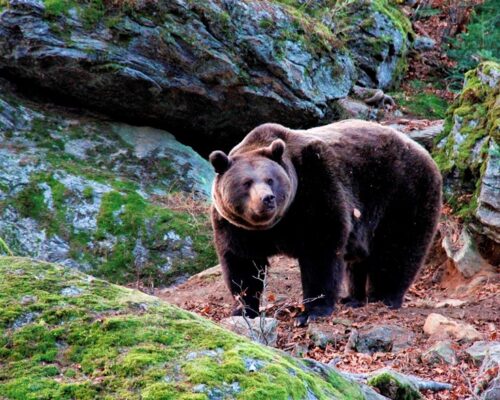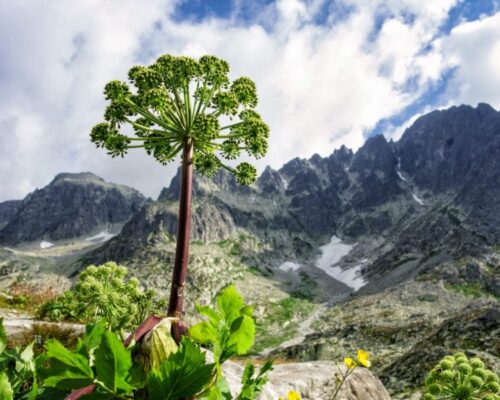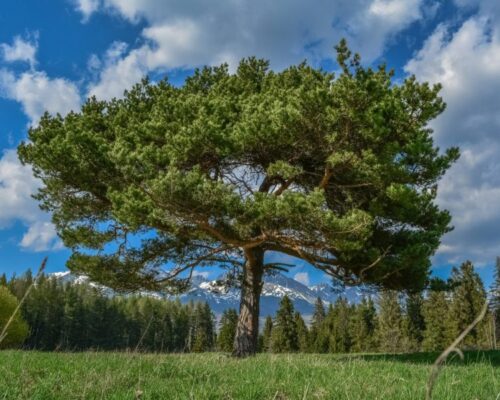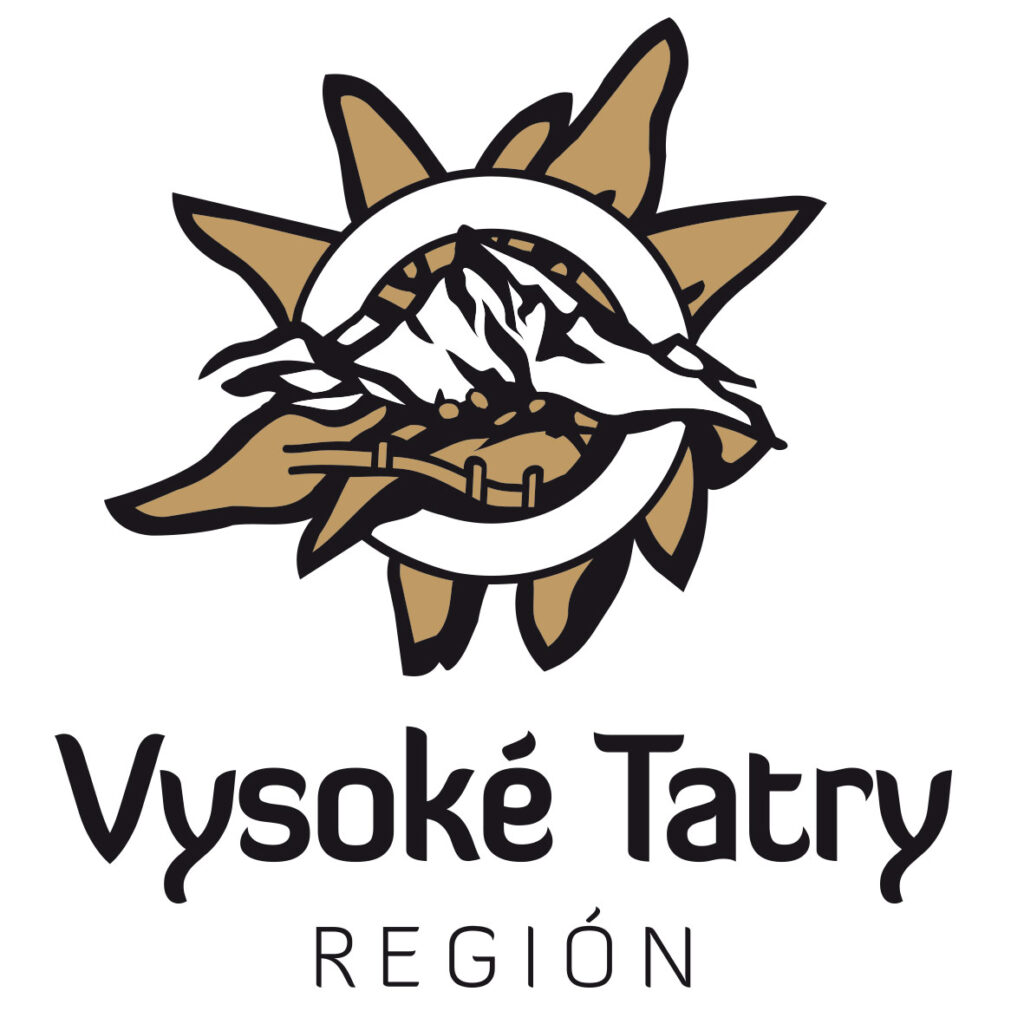Fauna
Wildlife can be found anywhere in the Tatra National Park. Cold periods during the Ice Ages had a great influence on the Tatra fauna, which were later replaced by warmer ones with more thermophilic species from Eastern or Southeastern Europe. The Tatra fauna is therefore characterized by various animal components.
The rugged relief and the diverse range of habitats create an opportunity for the existence of communities of invertebrates that include diverse forms of animals. Vertebrates are represented in TANAP by 11 species of fish and 2 species of roundmouths. Furthermore, 6 species of invertebrates, 5 species of reptiles, 102 species of nesting birds and 14 species of mammals live here. Many species of invertebrates and vertebrates include, for example: the green treehopper, the brown treehopper or the northern viper. Among the species widespread in the upper border of the forest are the snow vole or mountain shrew. The Alpine component is characteristic of the Tatras – the High Tatra marmot, the High Tatra chamois and various types of snails, spiders and insects. Among the rare and protected species of beetles, we can find the ground beetle. The fauna of butterflies is also rich. The dominant fish are brook trout and striped bass. In Štrbský pleso, the occurrence of a genetically pure population of whitefish is recorded. as far as birds are concerned, the common finch predominates, and among the important threatened species of birds of prey and owls, for example, the golden eagle, the screeching eagle, the buzzard and the golden eagle. Of the large beasts, a strong population of brown bear, lynx and wolf is currently recorded. The river otter hunts in water courses. The foothill vegetation level consists of the lowest parts of the territory with typical representatives such as the field vole, field hare, field partridge or buzzard. The great absolute and relative altitude of the Tatras enabled the emergence of a wide range of vertical animal arrangements.
Tatra chamois – in Slovakia, chamois can only be found in the Tatra National Park and the Low Tatras National Park. Others can also be found in Veľká Fatra or Slovak Paradise, but these do not represent the original population. Chamois live a social way of life. An adult chamois can weigh up to 50 kilograms. Estrus takes place from November to early December, and the young are born at the end of spring. Twice a year there is also a chamois inventory, when employees of TANAP and the TANAP Administration, together with volunteers, go out into the field and count chamois in every valley in the Tatras.
Tatra marmot – marmots live a social way of life and create the so-called colony. They inhabit a strip of clearings and rock rubble above the rhododendron. during the growing season, they can create special fat reserves that enable them to survive the long Tatra winter. An adult individual reaches a weight of approximately 6 kilograms at the end of summer. They survive the winter in real hibernation for 6 to 7 months. During hibernation, their heart rate and body temperature drop.
Brown bear – adult males end their winter sleep most often at the end of February to the beginning of March. In the spring, they cross their territory and consume already available food. We mark our territory by biting and rubbing against trees. around the middle of April, bears and cubs gradually leave their dens. In the summer, bear families but also adults living alone intensively visit places with plenty of alpine fruits.
Flora
“The flora of the Tatras belongs to the flora region of the high central Carpathians. The vastness of the area, large altitude range, the succession of various geological substrates, specific climatic conditions, microclimatic conditions in deep valleys, soil conditions, and, not least, historical factors have influenced the development of vegetation in the Tatras. They offer the opportunity for the existence and survival of a wide range of species in this area. From the Tatras area, almost 1650 species of algae and vascular plants, 1200 species of lichens, over 720 species of mosses, and 1400 species of vascular plants have been described. Several plants have their only occurrence in Slovakia in this area, such as the Campanula serrata, Tatran eyebright, or Tatra poppy.”
Many remnants of vegetation from the Ice Age have been preserved here, such as: alpine bearberry, mouse sedge or glacial sedge. Other very rare plant species that occur in one or only a few locations in the Tatras include alpine grass, black sedge and spring sedge.
In the mountain and higher mountain vegetation level, very humid to waterlogged non-forest habitats, which are peatland communities, are widespread. These provide a habitat for several critically endangered plant species.
You can see the beauty of many Tatra plants in the Botanical Garden of Tatra Nature Expositions, located in Tatranská Lomnica.











